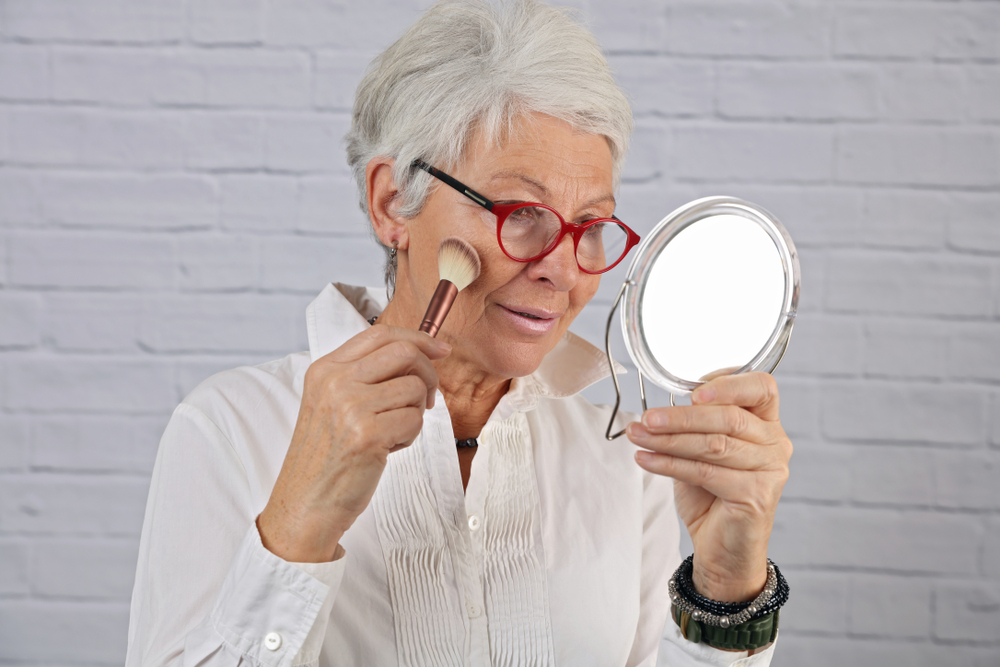How to Select the Best Foundation for Aging Skin
Makeup has evolved to become more than a beauty tool. It has helped many women and men become confident, glamorous and classy. For instance, Egyptians used kohl to line their eyes and color their faces. In many cultures, makeup was a sign of class and royalty as well.
So, let’s talk about how to use makeup to your advantage if you have a mature skin. Foundation creates an invisible base, on which you can apply your makeup in a way, to create a smooth texture.

Selecting a foundation
Before you find the best foundation for aging skin, understand how a foundation works. Foundations even out your skin tone and cover minor flaws. They should be light and absorbent and not gluggy or heavy.
If you have dry skin, you need a hydrating formula to help your skin look dewy and fresh. For oily skins, oil-free creamy formulations work well. Selecting incorrect foundation could get into the wrinkles and fine lines. Always try out a foundation before you buy one.
Your skin color also plays an important role. Darker or lighter shade would dull your appearance. Check the shade of your foundation using your jawline.
Take professional help before choosing your personal best. Also, your skin changes with different seasons. Go for creamier or more luminescence for glowing appearance. Foundations come in the form of powders, creams, and liquid formulas. Choose ones that are lightweight.
A heavy product can settle into fine lines spoiling the look. So the best foundations for aging skin should be light, suitable for your skin and the tone of your skin. The best foundation for aging skin also blends into the skin without looking fake.
Following a skin care routine before using the foundation
What goes on your skin plays an important role in keeping the foundation natural looking. There are small steps that can help your skin to look healthy with or without any foundation. To ensure that your even the best foundation for aging skin appear well blended, keep these steps in mind:
Washing and cleaning your skin
This is the most indispensable part of any makeup routine. Always clean your skin with water and apply a gentle moisturizer to rehydrate. If you have makeup on, remove it with a good quality makeup remover. Wash your face and moisturize it. You can also use a skin balm for additional nourishment. Once you have cleaned your skin, only then prep your face for makeup. Cleansing would help a tired or dull look, especially if you have aging skin.
Applying primer before foundation
A primer is essential for aging skin as it combats shine and hides pores. You can skip this step if you are going to apply makeup only for few hours. But for a long matte and smooth appearance, a primer is a must.
Dab it on your skin with the tip of your fingers and gently massage it. Primers hold makeup and also allows your foundation to last without caking. It works wonders for sweaty skin and even hides minor blemishes.
Using primers bring out the color of any best foundation for aging skin. For best results, remember this step.
Finishing your look
After you done applying foundation and other makeup, it’s time to bring it all together. Use a luminescent matte powder to give you a memorable glow.
Use a powder brush to dust it on your cheekbones starting from your forehead hairline. It would lift up the freshness of your skin and give you a smoother look.
Foundations from Dermablend, Stila Cosmetics, Maybelline Instant Age Rewind or Cover FX are few foundations that are available in the market. Research and review thoroughly before you select the best one for your skin.















